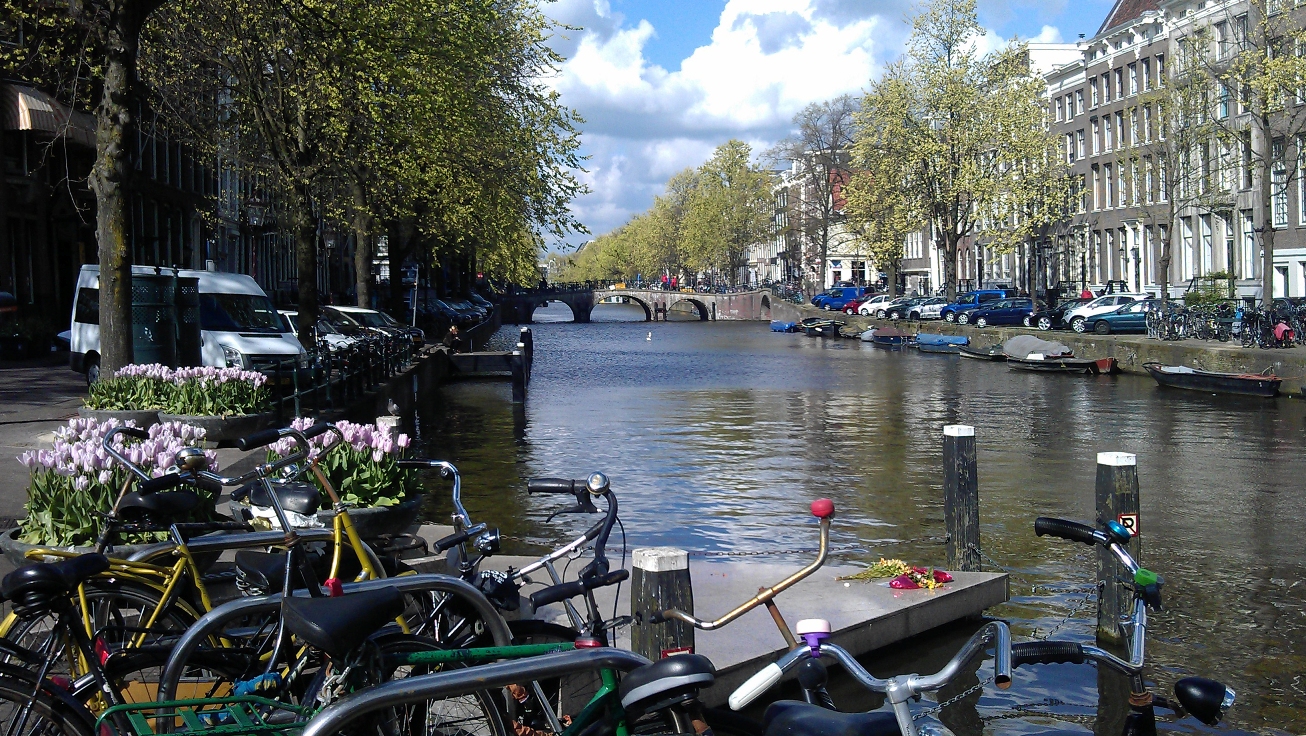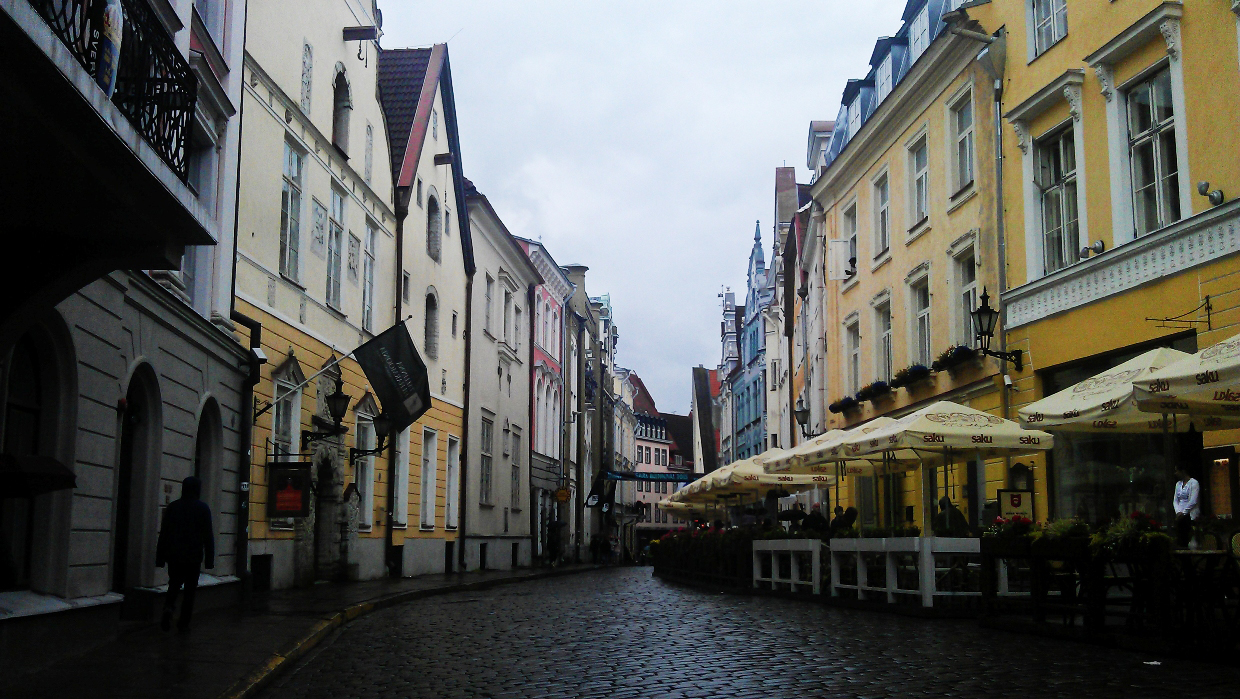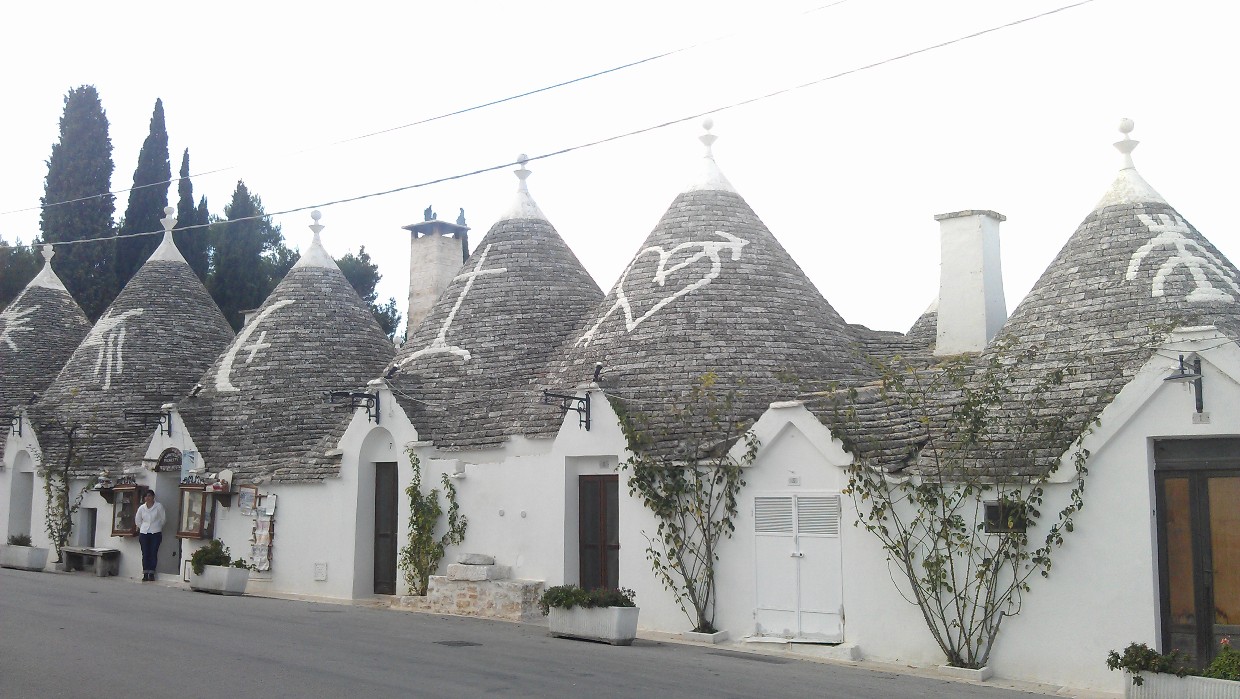Top 10 most romantic breaks in Europe
Europe is ofter referred to as the most romantic continent. Not surprising, there’s so much diversity that every one can find something for themselves.
10. Stockholm, Sweden
Stockholm, also known as the Nordic Venice, is a harmonious city filled with colourful façades and eye-pleasing monuments. Modern art and historic charm are one in Swedish capital.

9. Lisbon, Portugal
Hilly colourful streets, charming restaurants and cozy little cafés are just some of the reasons that contribute to the romantic character of Lisbon.
8. Amsterdam, The Netherlands
No matter what the time, strolling along the waterways in Amsterdam always feels calming and romantic. Water does its job, we could say. At night, the bridges are illuminated, which makes the city even more magical than it already is.

Read More
20 reasons to visit Estonia
It’s no secret there’s a small country up there called Estonia, but how much do you really know about it?
Estonia got on my must-visit list around two years ago, when I saw a picture of Tallinn at one of my favorite travel blogs. I was blown away with what I viewed, the capital city seemed to be so colourful! This summer I got a chance to explore more than just the most touristic city in this Baltic state. Here are 20 reasons why you should book your airplane ticket as soon as possible.
1. Colourful streets
As I mentioned, this was one of the main reasons I wanted to see Tallinn. If you’re like me, enjoying to photograph cobbled streets and buildings of all colours, you’ll feel like you’re in heaven when visiting Tallinn. My camera was out all the time. Two tips though: don’t wear high heels and for the best photographs in summer months, get up early before all tourists start pouring in.

2. Cute restaurants and bars
As a food lover, I must point this one out. You can order a cake in almost every bar (and they are all incredibly delicions) and the food is great. If you’re travelling on low-budget, I highly recommend you Drakon, a is an old-fashioned pub in Tallinn wherein all the meals cost 1-3 units of money. It’s right next to Town Hall Tower, so located at old city centre, but unlike other places around, this one is very inexpensive. When entering, you’ll be taken into medieval times, when the soup was drank out of clay pots (and not eaten with a spoon) and electricity didn’t exist. Perfect place for rainy days, which I couldn’t avoid. I can guarantree elk soup and carrott pie are very tasty.
Another amazing restaurant in Tallinn is Trofé. Their grilled salmon was one of the best dishes I have ever eaten (and I eat all the time!).
I mustn’t forget to mention Must Puudel, a retro bar with a wide range of beers, dreamy ice cream (peanut ice cream with salty peanuts…) and great meals. It is super groovy, but a little hidden, so make sure to go in. Also, the staff is really friendly.
However, you can’t really avoid touristic prices in Tallinn, that’s why I suggest you to visit more cities that you can easily reach using public transport or by car. In Viljandi I enjoyed Seljanka soup for 2€ (if I’m not mistaken, that would be around 6€ in Tallinn).
3. Tallinn airport
The largest airport in Estonia is only 4km away from the city centre. It’s small compared to bigger airports (Istanbul, for example), but so very cute. Excellent facilities, comfortable seats, modern look and positive messages on toilet doors (“Lipstick will save the day!”) all helped to make it my favorite airport. They also have the coolest business card exchange there with houndreds of cards pinned to the board.
Read More
Five days at the heel of Italy
Puglia, the region in the heel of Italy’s boot, offers you to escape from the crowds, but still enjoy authentic Italian cuisine (it doesn’t get any better than that!) and historic buildings. My recommendation would be to book your accommodation in Bari, the capital city of the region, because it has great national and international connections.
We landed at Bari Karol Wojtyła Airport late afternoon and took a local bus to the city (the bus tickets can be bought at the book store on the first floor of the airport, and yes, you must buy them in advance). After a long unplanned walk around the city, we found our way to the hotel we booked. It was a short walk away from the bus and train station, so the location was perfect. Same foes for the price; I usually pay as much for 3 nights at hostels in 10-bed dorm. Free breakfast, which was served every day, was another wonderful addition.
On our first full day there, we did some sightseeing and enjoyed the sun. Luck was on our side; the weather was absolutely beautiful the whole time. The path also led us to Swabian Castle. The Norman-Hohenstaufen Castle, widely known as the Castello Svevo (Swabian Castle), was built by Roger II of Sicily around 1131. Destroyed in 1156, it was rebuilt by Frederick II of Hohenstaufen. The castle now serves as a gallery for a variety of temporary exhibitions in the city. It was a big disappointment, though. Half of the area was closed due to building work, which is something nobody tells you when you pay for your ticket. Apart from a short film and a small museum, you couldn’t see much. Make sure you walk through the old part of the city, it’s magnificent! If you’re looking for a list of attractions – visit one of the tourist offices (one is on Piazza Moro, in front of the railway station, and the other in the city at Via Giuseppe Sangiorgi) and take a lovely free map, which is very helpful, when wandering around.
The following day we took a train to Alberobello. I fell in love with that city when planning the whole trip (as much as it was planned). It’s a small town, about one hour away (by train) from Bari. Alberobello has only about 11 000 inhabitants and is famous for its unique prehistoric trulli buildings. The trulli are made of roughly worked limestone boulders collected from neighbouring fields. Characteristically, they feature pyramidal, domed or conical roofs built up of corbelled limestone slabs. You can read more about that on Unesco website or watch a very short documentary here.

The center of Alberobello is very attractive with many terraces. That’s where the biggest and the main square and the town hall are. Not that far from the square, there’s the Basilica. This beautiful church was designed by the architect Antonio Curri.
Read More




